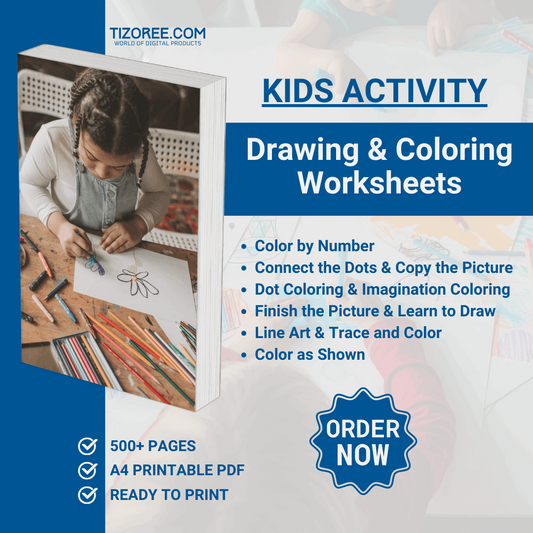Exploring the English Alphabet: A Fun and Engaging Journey
Share
The English alphabet serves as the foundation for reading and writing in the English language. Understanding the alphabet is essential for children as they embark on their educational journey.
This blog explores the letters of the alphabet, their corresponding phonetic sounds, and fun associations that can help kids learn effectively.
The Importance of Learning the Alphabet
Learning the alphabet is a crucial step in early childhood education. It provides children with the tools they need to read and write. Here are some key reasons why mastering the alphabet is important:
- Foundation for reading skills
- Enhances vocabulary development
- Facilitates effective communication
- Encourages cognitive development
- Boosts confidence in language use
Introducing the Alphabet: A to Z
The English alphabet consists of 26 letters, each with its unique sound and representation. Below is a breakdown of each letter along with its phonetic sound and a common word associated with it:
- A - a for apple
- B - b for ball
- C - c for cat
- D - d for dog
- E - e for elephant
- F - f for fish
- G - g for grapes
- H - h for hand
- I - i for ice cream
- J - j for jog
- K - k for kite
- L - l for lion
- M - m for monkey
- N - n for nest
- O - o for orange
- P - p for pig
- Q - q for queen
- R - r for rabbit
- S - s for sun
- T - t for tiger
- U - u for umbrella
- V - v for van
- W - w for whale
- X - x for xylophone
- Y - y for yellow
- Z - z for zebra
Phonics: The Sound of Letters
Phonics is a method of teaching reading and writing by developing learners' phonemic awareness. It connects sounds with letters or groups of letters. Understanding phonics helps children decode words and improves their reading fluency. Here’s how phonics can be applied to the alphabet:
- A - /æ/ as in apple
- B - /b/ as in ball
- C - /k/ as in cat
- D - /d/ as in dog
- E - /ɛ/ as in elephant
- F - /f/ as in fish
- G - /g/ as in grapes
- H - /h/ as in hand
Creative Ways to Teach the Alphabet
Engaging children in fun activities can enhance their learning experience. Here are some creative methods to teach the alphabet:
- Alphabet songs and rhymes
- Flashcards with pictures
- Interactive games and apps
- Craft activities using letters
- Storybooks that emphasize letters
Using Visual Aids in Learning
Visual aids play a significant role in helping children remember the letters of the alphabet. Associating letters with images enhances memory retention. Here are a few examples of effective visual aids:
- Colorful alphabet posters
- Alphabet blocks or magnets
- Picture books with alphabet themes
- Digital apps featuring interactive letters
Alphabets in Different Languages
While the English alphabet consists of 26 letters, other languages have different scripts and letters. Learning about these differences can be fascinating for children. Here are a few examples:
- Spanish - 27 letters including 'ñ'
- French - Uses accents and additional letters
- Hindi - Devanagari script with vowels and consonants
- Arabic - 28 letters, written from right to left
Fun Facts About the Alphabet
Here are some interesting facts about the English alphabet that can spark curiosity in children:
- Letter 'E' is the most commonly used letter.
- The English alphabet has been around for over 1,500 years.
- There are no words in the English language that begin with the letter X.
- The letters 'C', 'K', and 'Q' all make the same sound.
Conclusion: The Journey of Learning
Understanding the English alphabet is a vital part of a child's education. By making learning fun and engaging, children can develop a strong foundation in reading and writing. Whether through songs, games, or visual aids, the journey of learning the alphabet can be enjoyable and rewarding. Encouraging children to explore the letters and sounds will set them up for success in their literacy skills.



